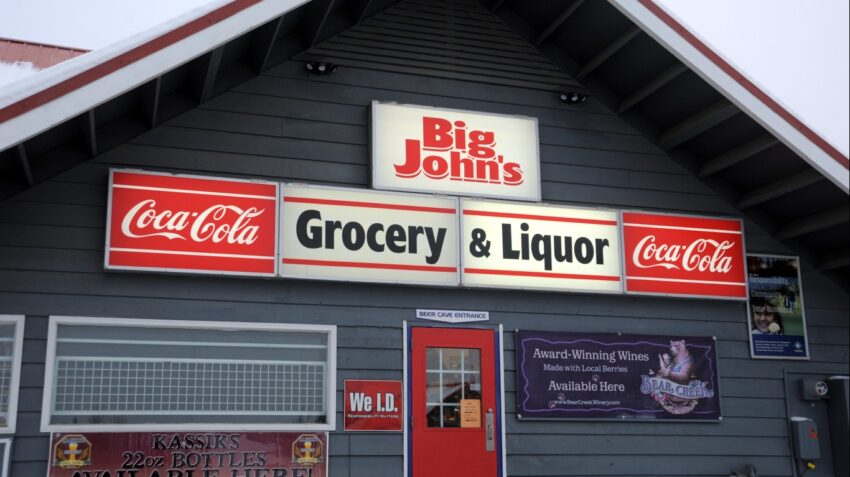The most popular soft drink in the world, Coca-Cola, needs no introduction. Considering more than 200 countries sell Coke products with customers drinking 1.8 billion beverages every day, it’s long been one of the world’s most valuable brands.
Key Points
-
Coca-Cola has long been one of the world’s most popular drinks.
-
The company famously didn’t raise prices for more than 70 years.
-
The recipe for Coca-Cola remains one of the most heavily guarded secrets in the world.
-
Are you ahead, or behind on retirement? SmartAsset’s free tool can match you with a financial advisor in minutes to help you answer that today. Each advisor has been carefully vetted, and must act in your best interests. Don’t waste another minute; get started by clicking here.(Sponsor)
First introduced in 1886, Coca-Cola was one of the few companies that maintained its price for a long time. While the price has changed since, it’s remarkable to know that Coca-Cola was so confident in its customers’ love for the product that it remained profitable at the same price for decades.
12. 1886 – 1950
The price of Coca-Cola was famously fixed at a nickel between 1886 and 1959. For just $0.05, you could purchase a 6.5-ounce Coke for the same price for years to come. Coca-Cola has indicated that, due to bottling contracts originating in 1899 and the advent of vending machine technology, along with a low rate of inflation, it was able to sustain this price for almost 70 years.
11. 1955
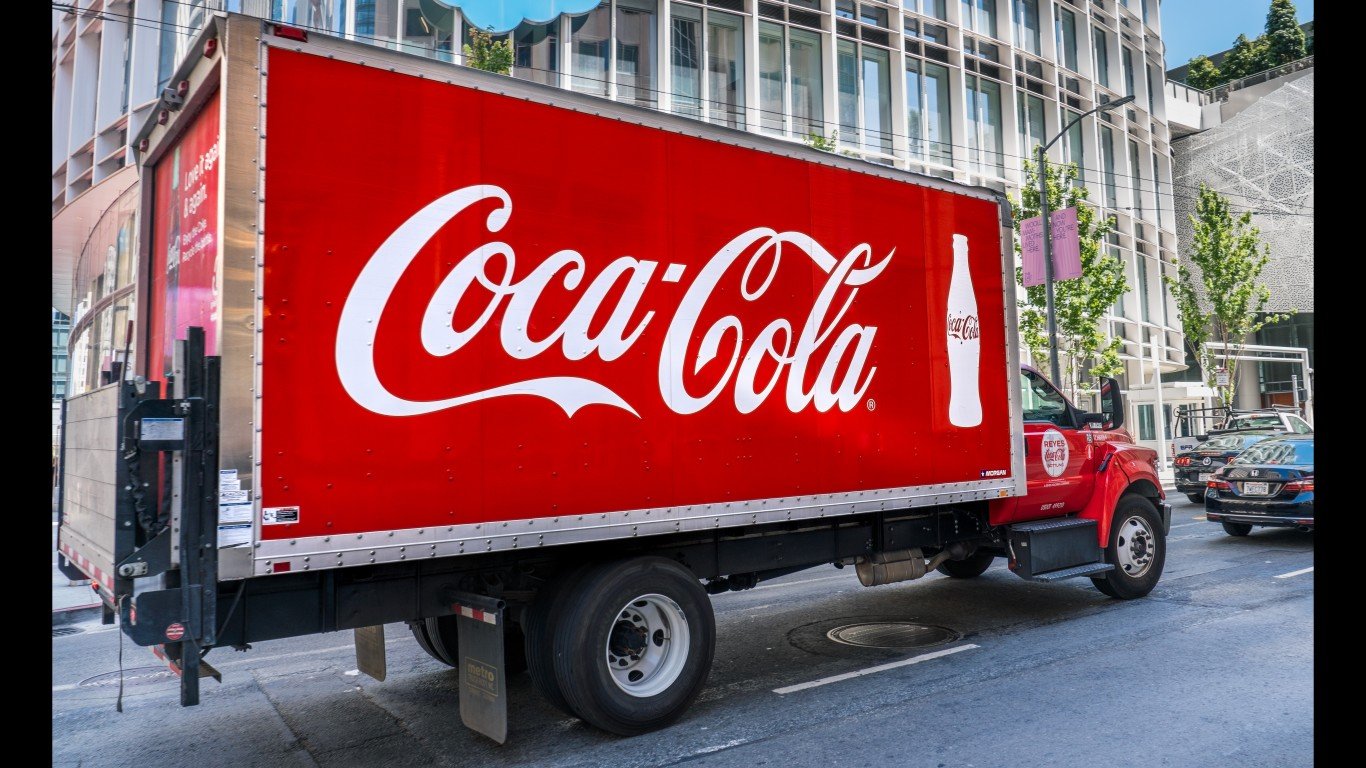
For many reasons, it’s surprising how well Coca-Cola was able to maintain its nickel pricing by the time 1955 rolled around. The company now had over 460,000 vending machines, which required maintenance and upgrades, though it still promoted itself as the “nickel Coke” brand, which helped embed Coke into American consumer culture alongside McDonald’s, Apple Pie, and Baseball.
10. 1959
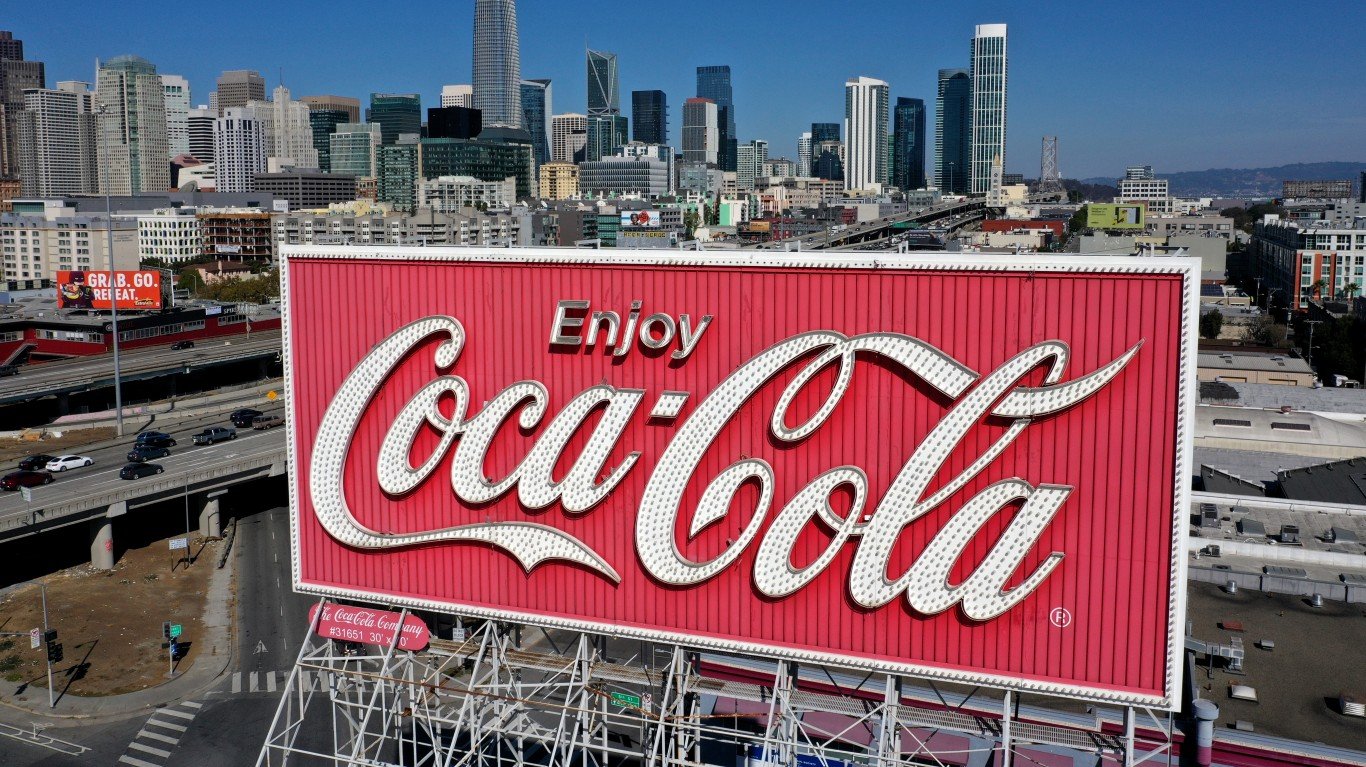
Unfortunately, the end of Coca-Cola’s famous nickel pricing came in 1959 when the company raised the price as high as $0.06. The single-cent increase has generally been attributed to rising inflation, which is unfortunate, considering the nickel price survived the Great Depression and two World Wars. There is no question this was the end of an era for the company, one of the most notable price updates in US industry history.
9. 1965

In 1965, the cost of a bottle of Coke was generally between 10 and 15 cents. Generally speaking, most people would pay on the lower end, around 10 cents, which was the most common price at Coke vending machines. At this point, the company was also expanding globally, with bottles sold in over 100 countries.
8. 1970

With an approximate 25% jump in pricing between 1965 and 1970, Coke was now selling for around 15 cents per bottle. The 6.5-ounce bottle was still the company’s top seller, but there is no question that larger cans and bottles were gaining popularity with customers. At this point in history, Coke was expanding into more than 135 countries.
7. 1976
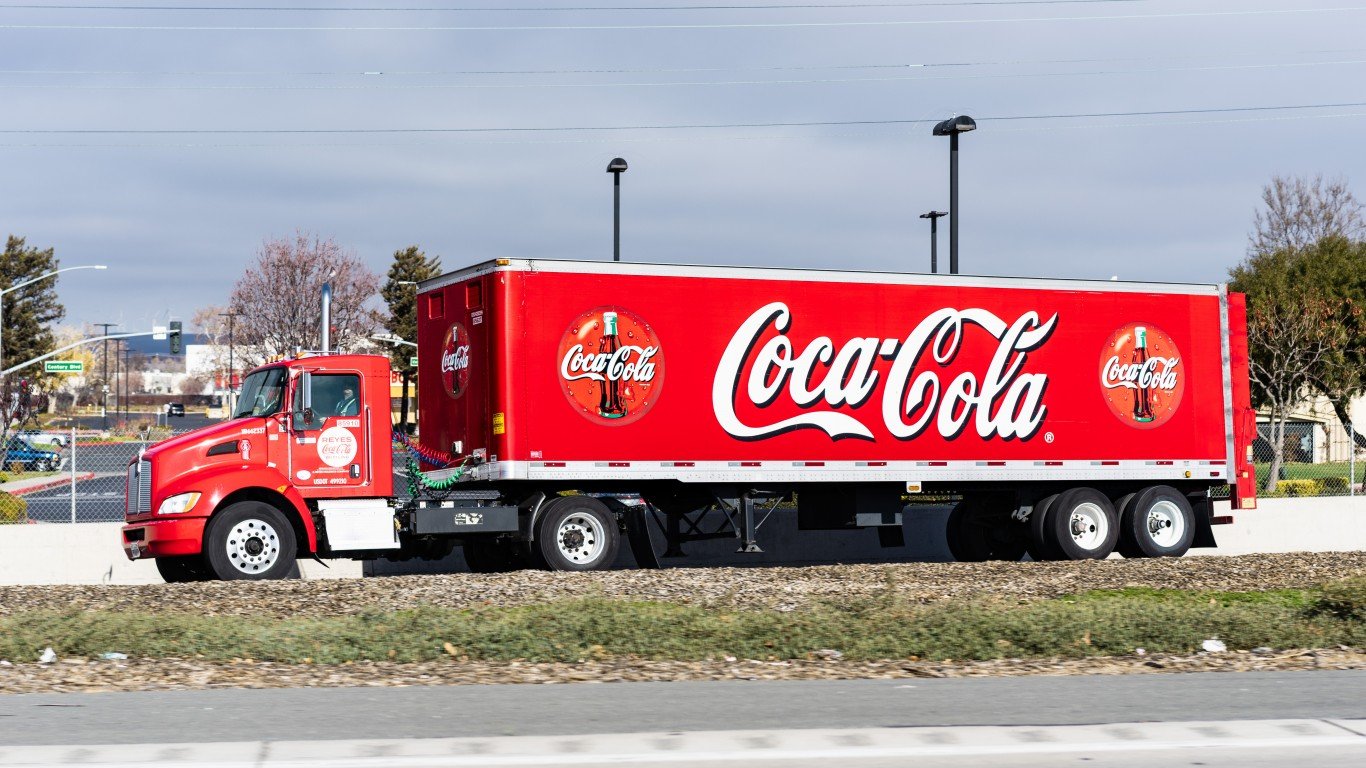
By the time 1976 rolled out, the price of a Coke was approximately $0.20, which would be equivalent to $1.09 in 2024 dollars. Inflation was the primary driver of the price increase, resulting in a 2.56% annual price increase. However, Coke also sought to introduce new products around this time with the release of Diet Coke, aiming to diversify its portfolio better. Additionally, the 6.5-ounce bottle was being phased out in favor of 12-ounce cans.
6. 1985
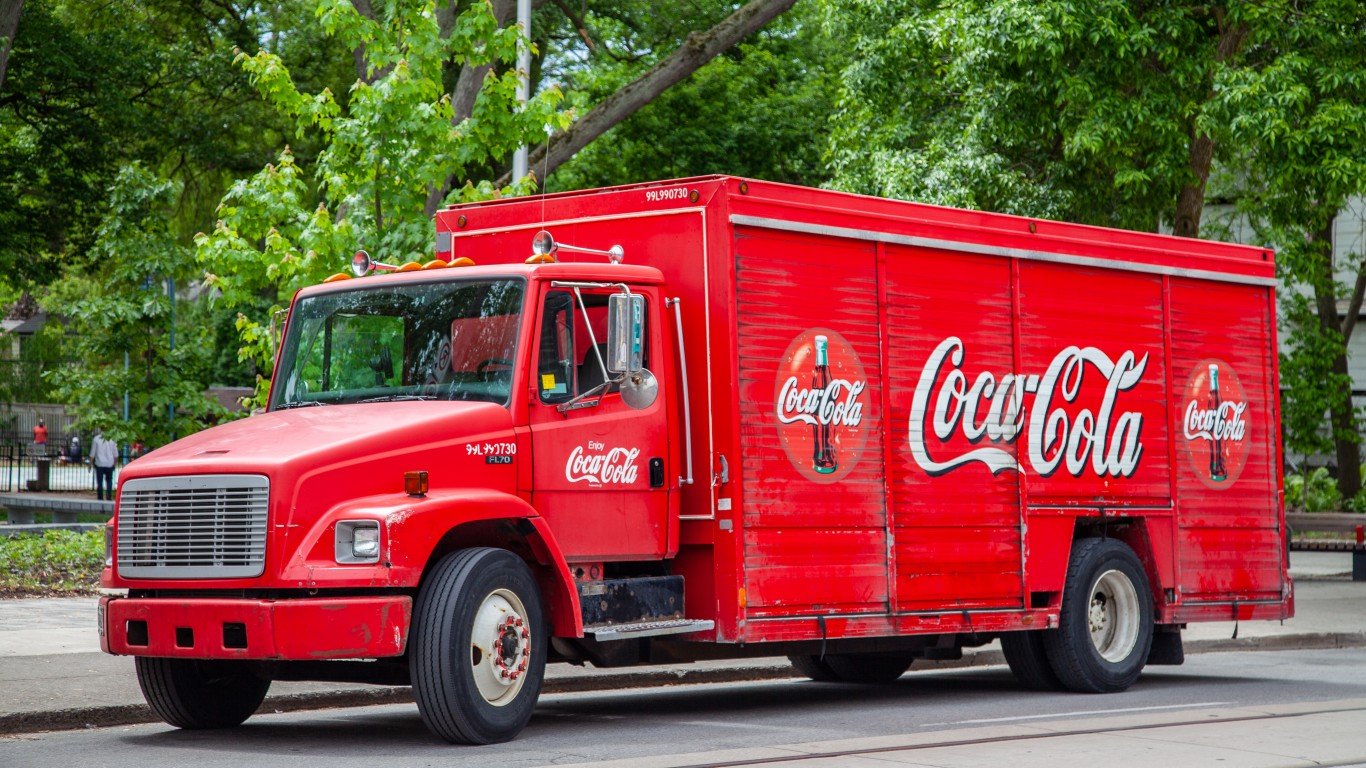
In the mid-1980s, a 12-ounce bottle of Coca-Cola cost approximately $0.35, although most people purchased it in packs of six. Single cans could be a little pricier in vending machines, which remained one of the most popular ways to purchase a single bottle. Coke also launched “New Coke” around this period in 1985, which failed, and marketing costs had an indirect effect on pricing.
5. 1993
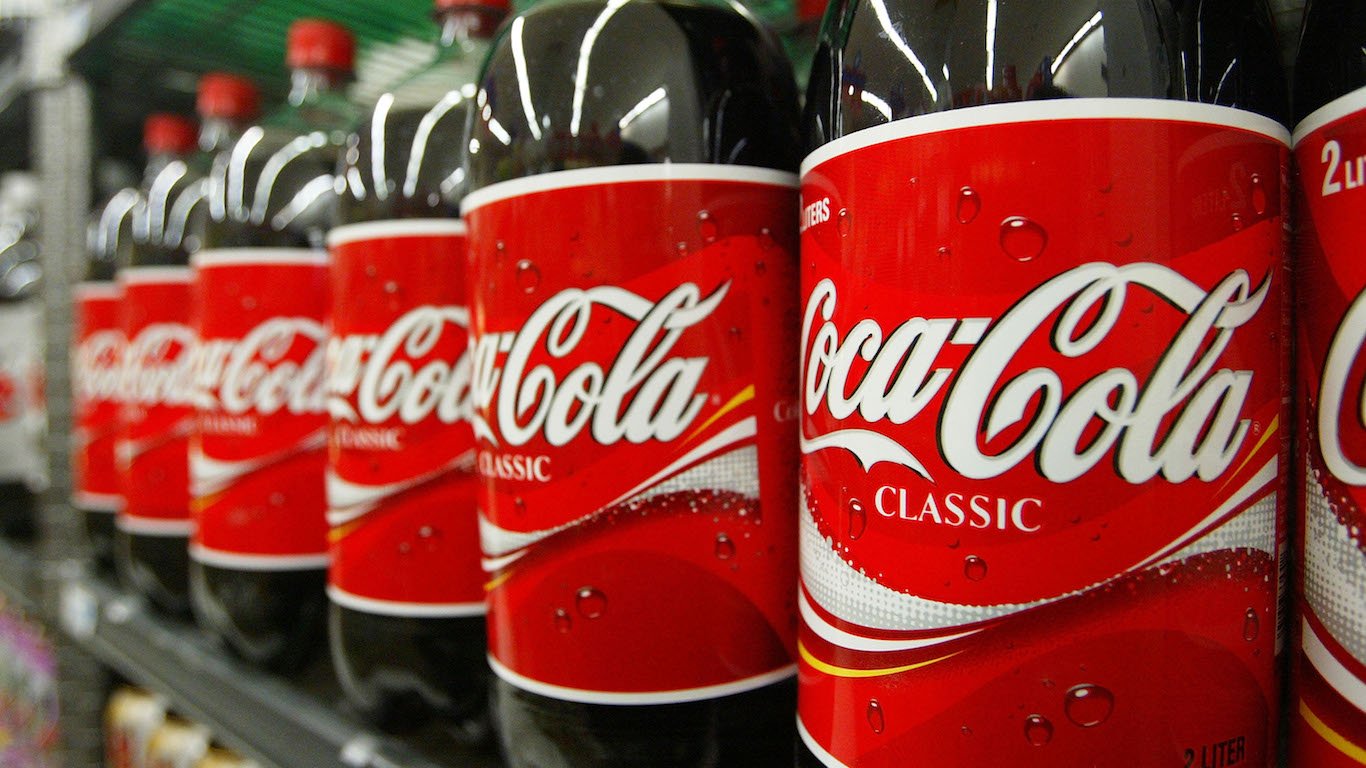
Pricing for a 12-ounce can of Coca-Cola was around 50 cents in 1993, although a single 12-ounce can could cost as high as 75 cents, depending on the location. There was no question that at this point, Coke’s sales strategy was focused on 12-packs, which offered better value and allowed them to slightly lower costs to customers shopping in grocery stores.
4. 2000
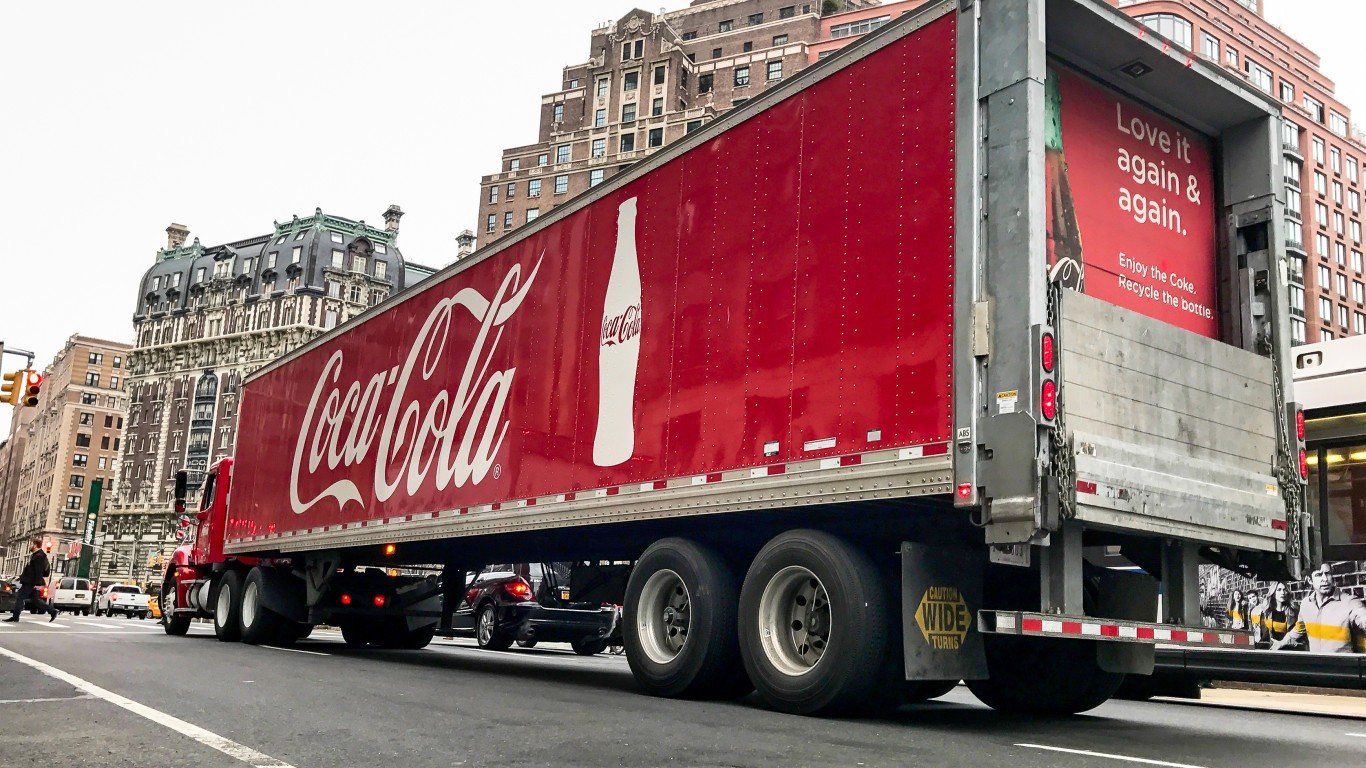
For 75 cents at the turn of the century, you could grab yourself a bottle of 12-ounce Coke, unless you lived in places where it was selling for around $1.00. Grocery store 12-packs were still your best bet as you could get a 12-pack for around $4.00, which made the single-serve bottles far less costly overall.
3. 2010
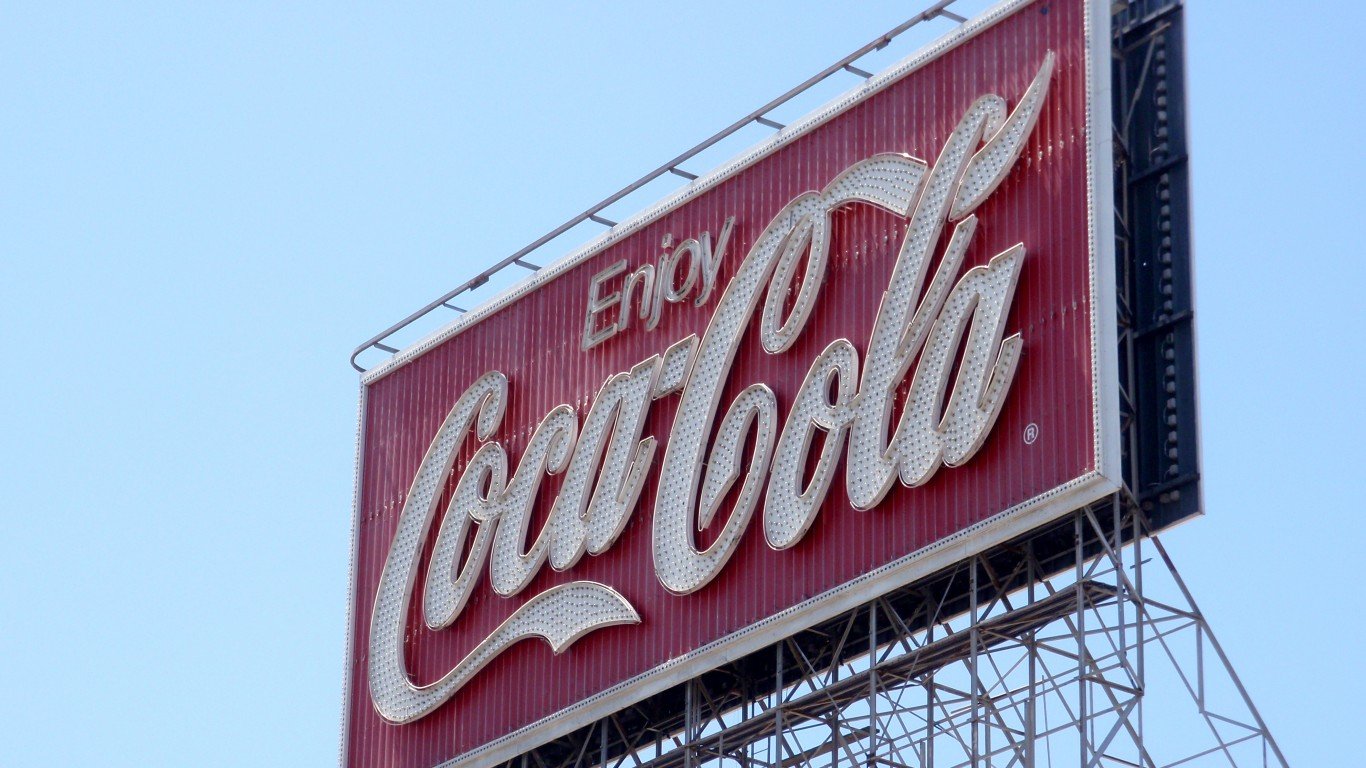
Coming out of a period of economic uncertainty, Coke raised its pricing to around $1.00 in 2010. This meant that a 12-ounce can in a vending machine was generally priced between $1.00 and $1.25, depending on the seller. Coca-Cola raised prices following the Great Recession, which began in 2008.
2. 2020
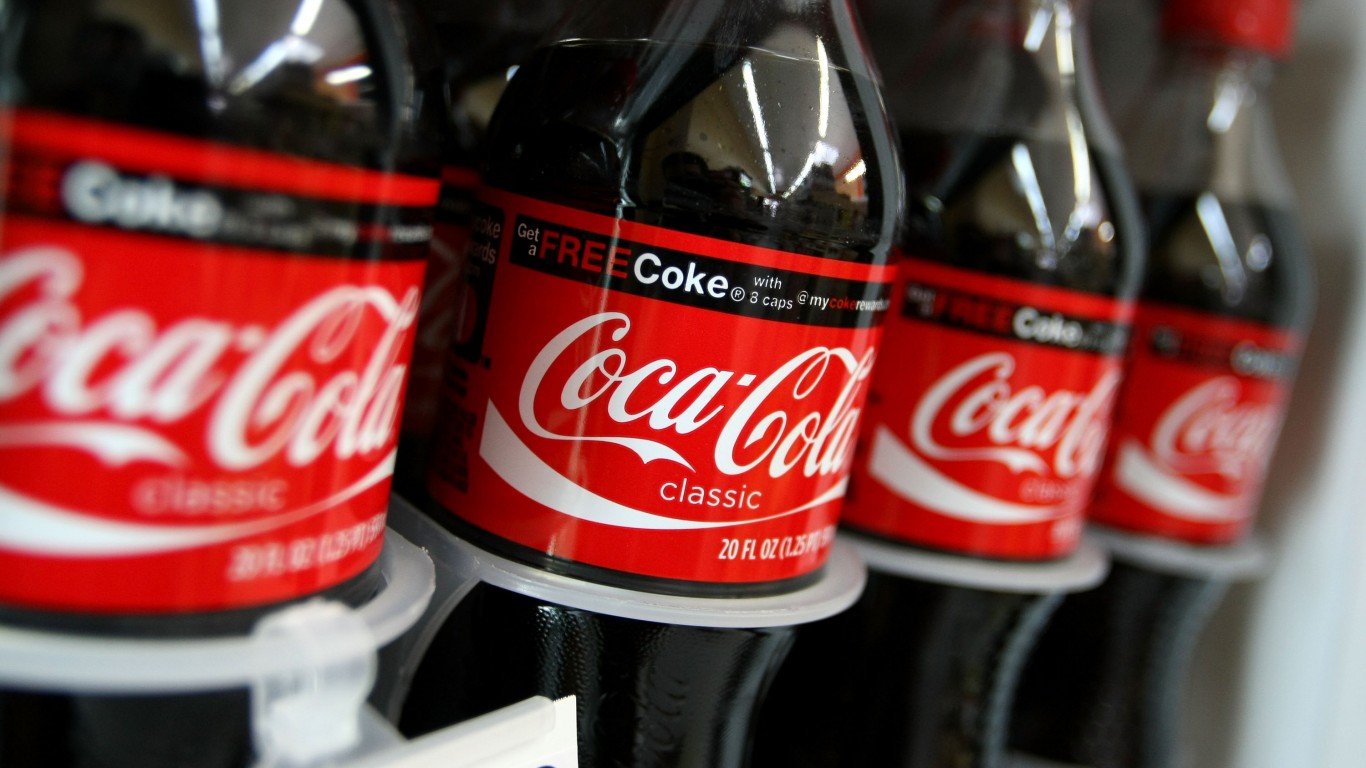
Unsurprisingly, 2020 was a challenging year for Coke and other companies, as disruptions to its supply chain, resulting from the COVID-19 pandemic, affected pricing. This means that customers were now paying approximately $1.50 for a single bottle and as much as $7.00 in stores for a 12-pack. The company launched its “Recipe for Magic” campaign in 2021 to justify its price increases.
1. 2025
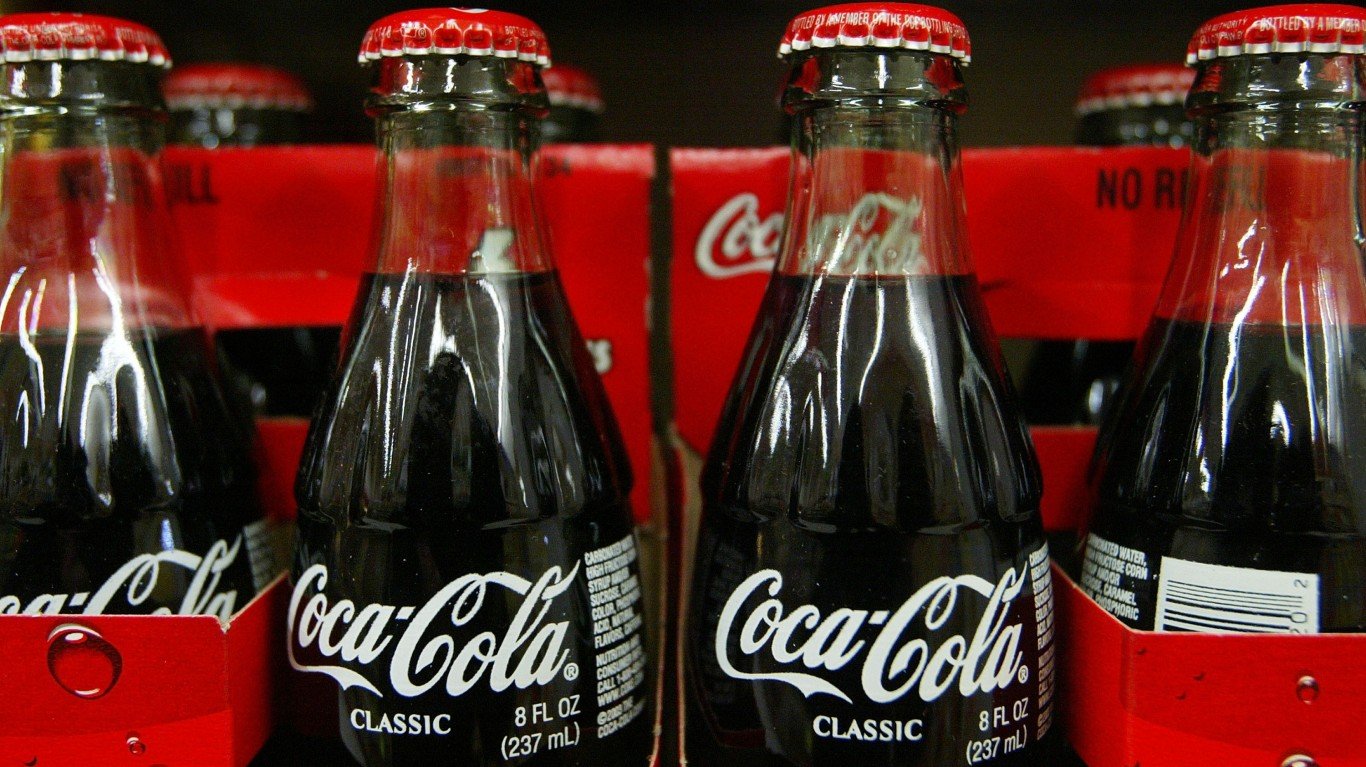
In 2025, if you wanted to purchase a 2-liter Coca-Cola bottle, it would cost approximately $2.79, according to my local Target. Depending on where you live in the country, prices can vary between $2.00 and $2.69 for a 12-ounce can, with a 6-pack typically priced around $5.49, as seen at a local Target. If you look back at pricing since 1970, Coca-Cola’s pricing has increased approximately 5,280% for a 2L bottle since 1970.
The post How Much a Coca-Cola Was Through the Decades appeared first on 24/7 Wall St..
Click this link for the original source of this article.
Author: David Beren
This content is courtesy of, and owned and copyrighted by, https://247wallst.com and its author. This content is made available by use of the public RSS feed offered by the host site and is used for educational purposes only. If you are the author or represent the host site and would like this content removed now and in the future, please contact USSANews.com using the email address in the Contact page found in the website menu.

